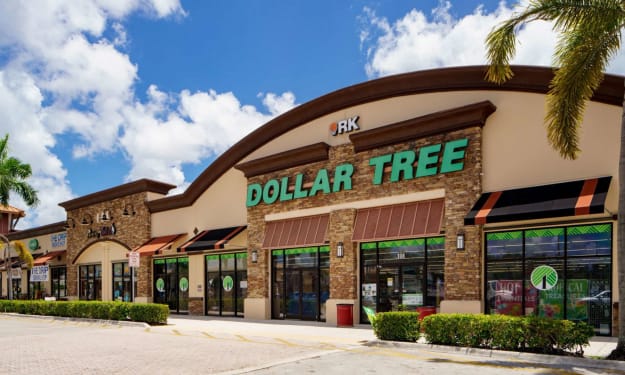2 Stocks to Invest in a Sideways Economy
Strategic Investments for a Stagnant Market: Discover These 2 Stocks

Are you worried about the prospects of a Canadian recession — or worse, stagflation? Are you concerned about your flashy growth and tech stocks suffering an agonizing demise in the face of a sideways-trading, range-bound market?
Well, I have the solution for you: low-volatility, dividend-paying stocks — two from Canada’s utilities sector, which houses the vital companies that power our homes, supply our water, and keep us connected.
Even when the economic indicators flatline, and the market seems to be stuck in a loop, these companies have a remarkable habit of maintaining steady operations, thanks largely to the essential nature of the services they provide.
This stability often translates into predictable, lower-risk returns for investors in the form of dividends. These regular payouts can provide an attractive income stream — a feature that becomes especially valuable when share price appreciation is absent.
What we’re looking for
Our search for the ideal two stocks focuses on two main metrics: beta and forward annual dividend yield.
First up is beta. Simply put, beta is a measure of a stock’s historical volatility in relation to the overall market. It’s like a yardstick for comparing a stock’s ups and downs to those of the market as a whole.
The market is assigned a beta of one. If a stock has a beta of one, it means the stock’s price has historically and is expected to move with the market. If the market goes up by 5%, the stock should also go up by around 5%, and vice versa.
Now, a stock with a beta less than one is considered to have low volatility. This means it’s less likely to experience big price swings and is generally less risky than the overall market.
Are you worried about the prospects of a Canadian recession — or worse, stagflation? Are you concerned about your flashy growth and tech stocks suffering an agonizing demise in the face of a sideways-trading, range-bound market?
Well, I have the solution for you: low-volatility, dividend-paying stocks — two from Canada’s utilities sector, which houses the vital companies that power our homes, supply our water, and keep us connected.
Even when the economic indicators flatline, and the market seems to be stuck in a loop, these companies have a remarkable habit of maintaining steady operations, thanks largely to the essential nature of the services they provide.
This stability often translates into predictable, lower-risk returns for investors in the form of dividends. These regular payouts can provide an attractive income stream — a feature that becomes especially valuable when share price appreciation is absent.
Investors interested in A.I. are all buying the same stocks, investment officer says
If a stock has a beta of 0.5, it’s theoretically 50% less volatile than the market. So, if the market goes up by 10%, the stock should only go up by around 5%. Conversely, if the market drops by 10%, the stock should only drop by around 5%.
Next, we want to screen for stocks with a forward annual dividend yield of 3% or greater, while maintaining a payout ratio lower than 80%.
Basically, we’re looking for a stock that will provide an annual income of at least 3% based on its current price. The term “forward” means that it’s based on future projections via the most recent dividend, rather than historical yields.
Finally, a payout ratio lower than 80% suggests screens for companies that retain at least some portion of their earnings for reinvestment or to cover future challenges to ensure financial health.
Potential candidates
Based on the above criteria, I found two Canadian utility sector stocks that currently have a five-year monthly beta of lower than 0.5, have a projected forward annual dividend yield of 3% or higher, and have a payout ratio under 80%.
- Hydro One: 0.25 beta; 3.05% forward annual dividend yield; 65.7% payout ratio.
- Fortis: 0.17 beta; 3.90% forward annual dividend yield; 74.83% payout ratio.
Which one is better? Honestly, I would buy both for greater diversification and then supplement each with some additional Canadian dividend stock picks from other sectors (and the Fool has some excellent suggestions below!)
Our market-beating analyst team just revealed what they believe are the 5 best stocks for investors to buy in May 2023… and Fortis wasn’t on the list.
The online investing service they’ve run for nearly a decade, Motley Fool Stock Advisor Canada, is beating the TSX by 23 percentage points. And right now, they think there are 5 stocks that are better buys.
About the Creator
Israr Ahmed
Israr Ahmed, tech blogger, shares the latest tech trends & advancements. Aims to simplify complex concepts & provide valuable insights to help readers make informed decisions about tech.






Comments
There are no comments for this story
Be the first to respond and start the conversation.